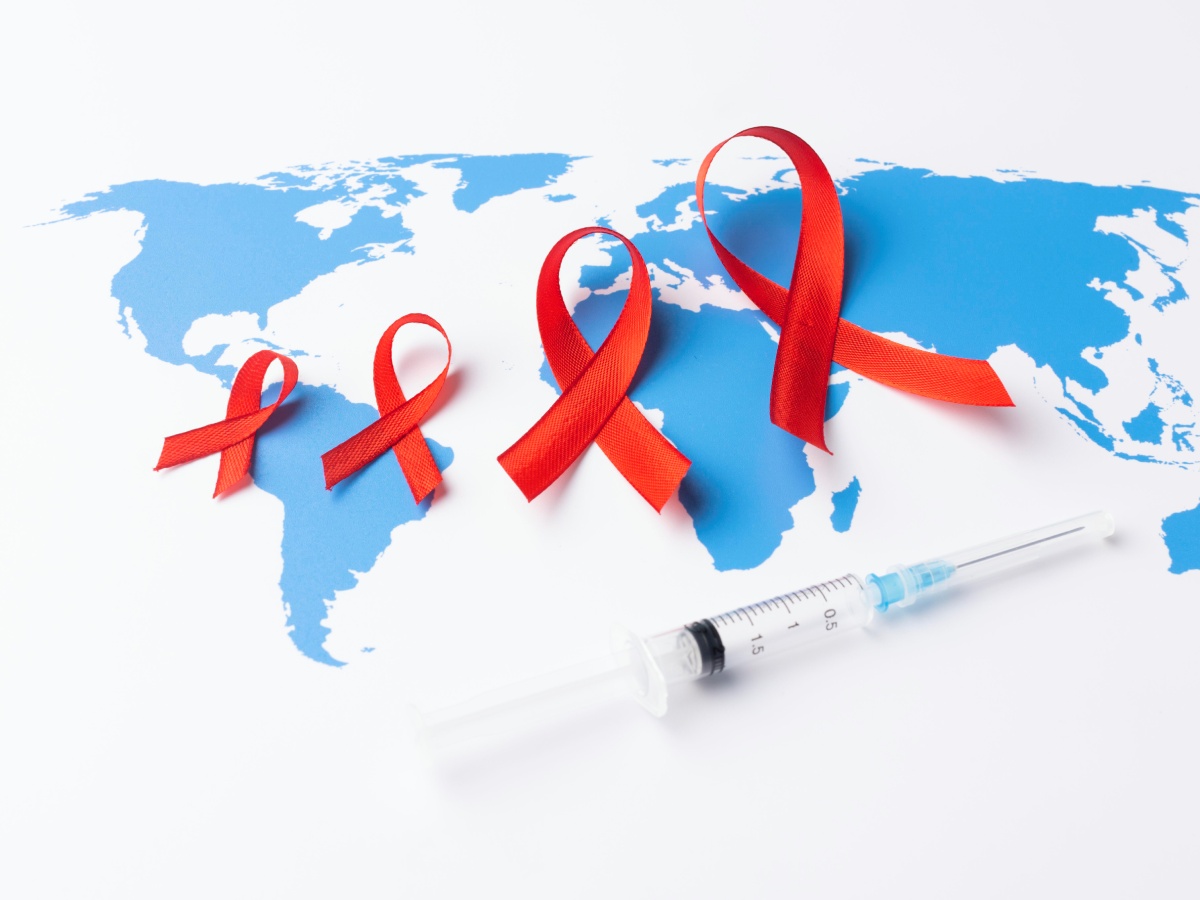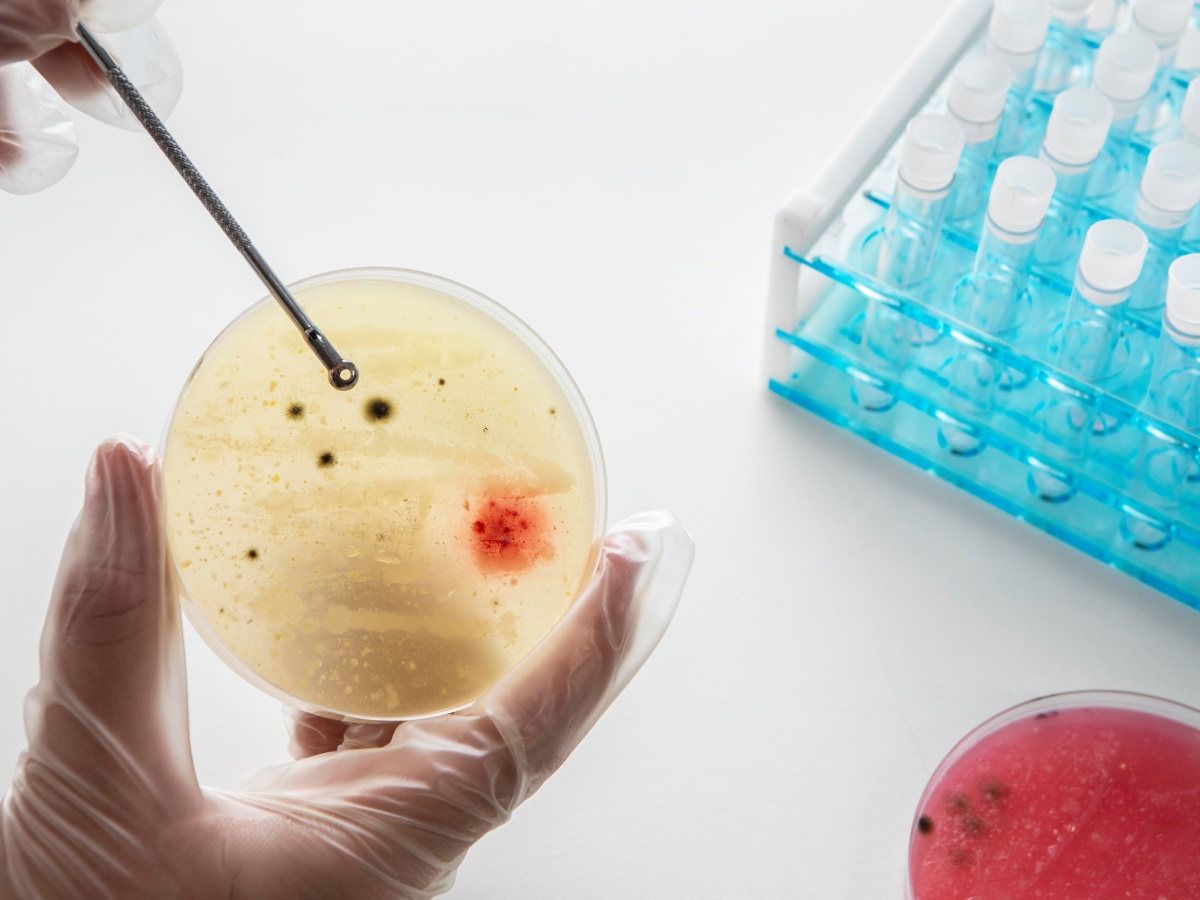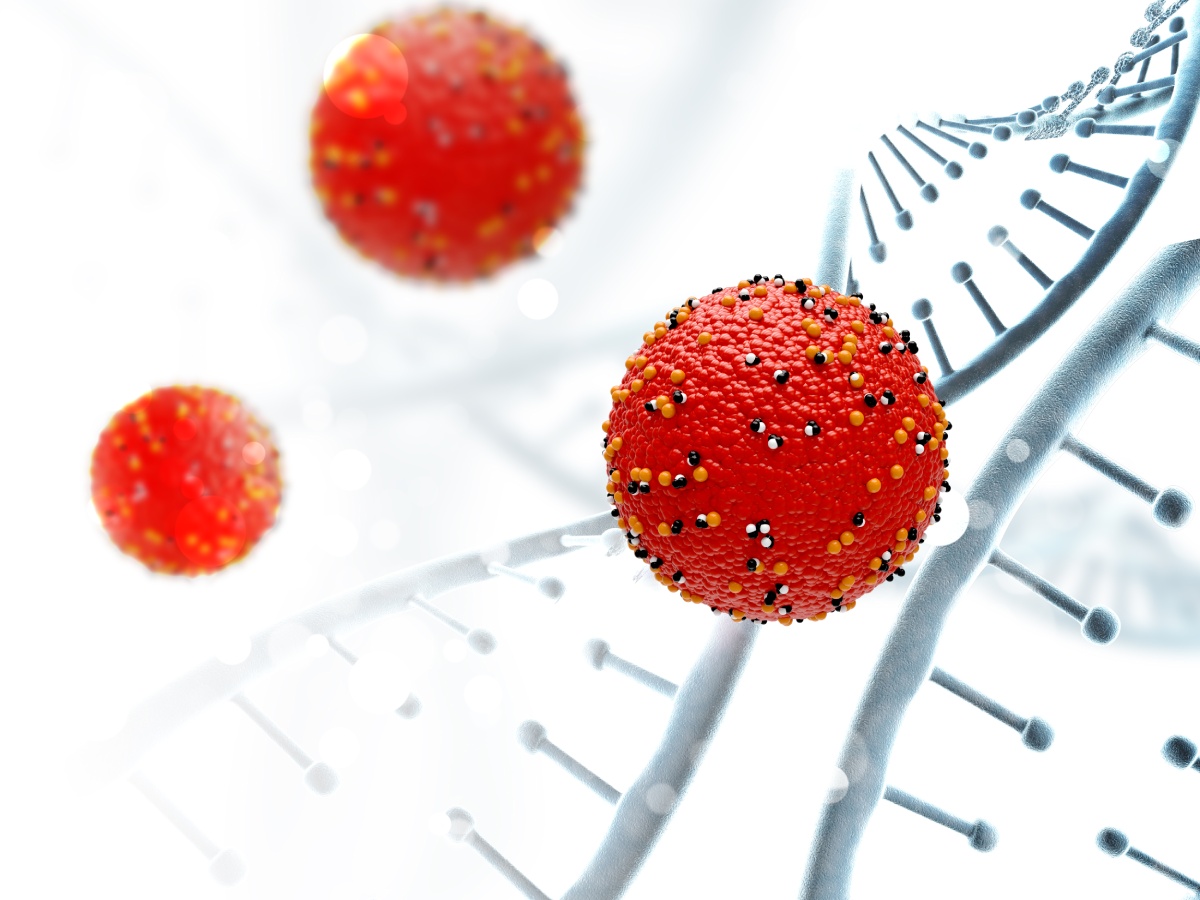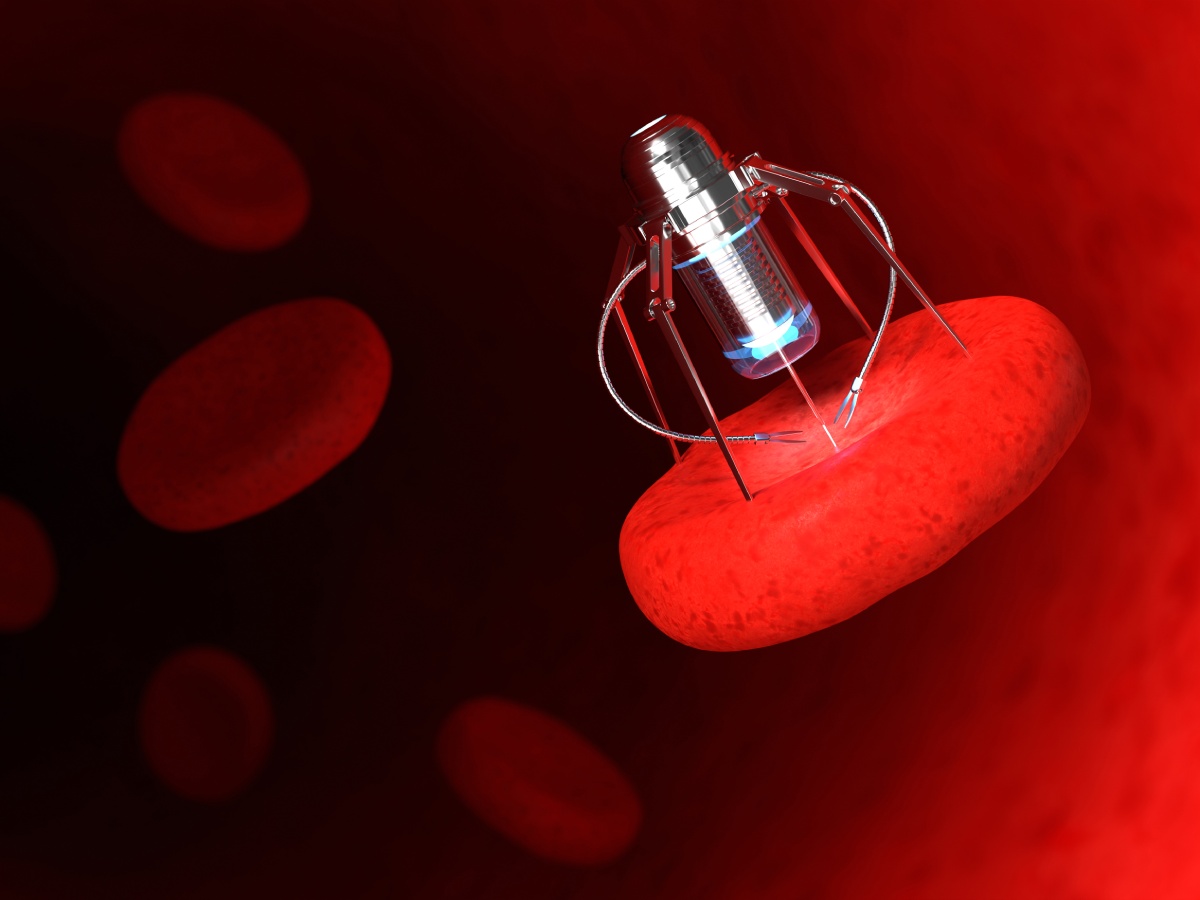Introduction
The pursuit of an HIV cure has been one of the most significant challenges in modern medical science. Human Immunodeficiency Virus (HIV) is a life-altering condition that weakens the immune system, leaving individuals vulnerable to infections and diseases. Since its discovery, HIV has claimed millions of lives, becoming a global health crisis that continues to affect people of all ages, genders, and regions.
Thanks to advancements in HIV treatment, particularly antiretroviral therapy (ART), living with HIV is no longer the death sentence it once was. These treatments can suppress the virus, enabling individuals to lead healthier, longer lives. However, ART is not a cure for HIV—it must be taken consistently, and it doesn’t eliminate the virus from the body.
Efforts to find an HIV cure have made remarkable strides, with researchers exploring innovative approaches like gene editing, therapeutic vaccines, and stem cell transplants. Yet, significant challenges remain. The virus’s ability to hide in dormant reservoirs, its rapid mutation, and the complexity of human biology pose obstacles to achieving a definitive cure.
The search for a cure is not just a scientific quest—it’s a moral imperative. An effective cure for HIV would transform millions of lives, reducing dependency on lifelong medication, alleviating the economic burden, and diminishing the stigma that often accompanies an HIV diagnosis. By staying informed and supporting ongoing research, we can collectively accelerate HIV cure progress, bringing hope to those affected worldwide.

Understanding HIV: A Brief Overview
What is HIV?
The Human Immunodeficiency Virus, commonly known as HIV, is a virus that targets the body’s immune system, specifically the CD4 cells (T cells) that help fight infections. Over time, HIV can destroy so many of these cells that the body becomes unable to defend itself against illnesses, leading to severe health complications. Without effective HIV treatment, the virus progresses, eventually resulting in acquired immunodeficiency syndrome (AIDS).
Unlike many viruses, HIV cannot be eradicated by the immune system due to its ability to integrate into the host’s DNA. This unique feature makes it challenging to develop a cure for HIV and highlights the importance of ongoing HIV cure progress.
Stages of HIV Infection
-
Acute HIV Infection
This is the early stage of HIV, typically occurring 2 to 4 weeks after initial exposure to the virus. During this phase, many individuals experience flu-like symptoms such as fever, sore throat, swollen lymph nodes, and skin rashes. The virus replicates at a rapid rate, and the individual is highly contagious. This phase is also known as acute retroviral syndrome (ARS).
-
Chronic HIV Infection (Clinical Latency Stage)
In the absence of treatment, this stage can last for several years. The virus continues to multiply but at much lower levels, and the person may not experience any noticeable symptoms. This phase is sometimes referred to as clinical latency. With the help of antiretroviral therapy (ART), this stage can be prolonged indefinitely, and the virus remains controlled. ART helps prevent further damage to the immune system and stops the virus from progressing.
-
AIDS (Acquired Immunodeficiency Syndrome)
Without treatment, HIV can progress to AIDS, the final and most severe stage of the infection. At this point, the immune system is severely weakened, making the body vulnerable to opportunistic infections and certain cancers. If left unmanaged, AIDS can be fatal. However, with early diagnosis and consistent treatment, the progression to AIDS can often be delayed or prevented altogether.
Why is HIV Hard to Cure?
Finding an HIV cure is one of the greatest challenges in medical science due to several unique characteristics of the virus:
-
Viral Reservoirs
HIV establishes hidden reservoirs of dormant virus in various parts of the body, such as the brain, lymph nodes, and bone marrow. These reservoirs are invisible to the immune system and inaccessible to current treatments, making it difficult to eradicate the virus completely.
-
Rapid Mutation Rates
HIV has an extraordinary ability to mutate and adapt, which helps it evade immune responses and resist therapies. This variability complicates efforts to develop a universal cure for HIV or an effective vaccine.
-
Integration into Host DNA
HIV integrates its genetic material into the DNA of infected cells, making it a permanent part of the host. Even with HIV treatment, dormant virus can reactivate if therapy is stopped, underscoring the need for innovative approaches in HIV cure progress.
Types of HIV Treatment Available Today
The development of effective HIV treatment has been a game-changer in managing the virus, enabling millions of people to lead healthier, longer lives. While a definitive HIV cure remains a goal, the treatments available today focus on controlling the virus, preventing transmission, and improving the quality of life for those affected.
Antiretroviral Therapy (ART)
How ART Works to Manage HIV
Antiretroviral Therapy (ART) is the cornerstone of HIV treatment. It involves a combination of medications that suppress the replication of HIV within the body. By reducing the viral load—the amount of HIV in the blood—to undetectable levels, ART helps the immune system recover and prevents further damage. This suppression also reduces the risk of transmitting the virus to others, a concept known as Undetectable = Untransmittable (U=U).
Benefits of ART
- Prolonged Life Expectancy: ART allows individuals to live nearly as long as those without HIV.
- Reduced Transmission Risk: Effective ART makes the virus undetectable, minimizing the chance of passing it to others.
- Improved Immune Function: ART helps the immune system recover, reducing the risk of opportunistic infections.
Limitations of ART
- Lifelong Commitment: ART must be taken daily, often for life, to maintain viral suppression.
- Side Effects: Some people experience side effects like nausea, fatigue, or long-term complications such as liver damage.
- Cost and Accessibility: In some parts of the world, access to ART remains limited due to financial or logistical barriers.
While ART is not a cure for HIV, it plays a critical role in managing the disease and contributes significantly to HIV cure progress by enabling research into new therapies.
Prevention Options
Pre-Exposure Prophylaxis (PrEP)
PrEP is a preventative medication for people at high risk of contracting HIV. Taken daily, it can reduce the risk of HIV infection from sexual contact by over 90% and from needle sharing by around 70%. PrEP is a powerful tool in reducing new infections and complements ongoing efforts toward finding an HIV cure.
Post-Exposure Prophylaxis (PEP)
PEP is an emergency measure taken after potential exposure to HIV, such as unprotected sex or needle-sharing. It involves a 28-day course of antiretroviral medications and must be started within 72 hours of exposure. PEP is highly effective when taken correctly and on time.
Both Prep and PEP are vital components of HIV prevention, helping to reduce the overall burden of the virus and contributing to global efforts in HIV cure progress by preventing new infections.

Progress Toward a Cure: Promising Research and Breakthroughs
The search for an HIV cure has made remarkable progress, with researchers exploring innovative strategies to eradicate or effectively manage the virus. These advancements offer hope for millions living with HIV and form the foundation for HIV cure progress.
Functional vs. Sterilizing Cure
- Functional Cure: A functional cure doesn’t eliminate HIV but controls it so effectively that it remains undetectable and cannot cause disease without the need for ongoing HIV treatment. The immune system can naturally suppress the virus.
- Sterilizing Cure: A sterilizing cure refers to completely eradicating HIV from the body, leaving no trace of the virus. This is the ultimate goal but poses significant scientific challenges due to the virus’s ability to hide in latent reservoirs.
Both approaches are crucial in the quest for a cure for HIV, offering different paths to improving the lives of those affected.
Gene Therapy and CRISPR
Gene therapy is at the forefront of HIV cure progress, leveraging cutting-edge technologies like CRISPR to target the virus at the genetic level.
- How It Works: Researchers are using CRISPR to edit the DNA of immune cells, removing or disabling the genetic code that allows HIV to integrate and replicate. This could potentially eliminate the virus or render cells resistant to infection.
- Significance: Gene editing not only offers a pathway to a functional cure but also holds the promise of a sterilizing cure, revolutionizing the future of HIV research.
Stem Cell Transplants
Stem cell transplants have shown remarkable results in isolated cases, such as the “Berlin Patient” and the “London Patient”, both of whom achieved long-term remission of HIV.
- How It Works: These transplants involve replacing the patient’s immune cells with donor cells that are naturally resistant to HIV due to a rare genetic mutation (CCR5-delta32).
- Challenges: While effective in these cases, stem cell transplants are highly invasive, risky, and costly. They are not scalable for the broader population but offer valuable insights into potential pathways for an HIV cure.
Therapeutic Vaccines
Therapeutic vaccines aim to enhance the immune system’s ability to detect and destroy HIV-infected cells.
- How They Work: Unlike preventive vaccines, these are designed for people already living with HIV. They stimulate immune responses strong enough to control or eliminate the virus.
- Potential: Therapeutic vaccines could lead to a functional cure, reducing reliance on lifelong ART and advancing HIV cure progress.
Latent Reservoir Clearance
One of the biggest hurdles in achieving an HIV cure is the presence of latent viral reservoirs—dormant cells where HIV hides, evading detection and treatment.
- Shock and Kill: This approach reactivates latent HIV (shock) so it becomes visible to the immune system or drugs, allowing its destruction (kill).
- Block and Lock: Instead of activating the virus, this method aims to permanently silence it, preventing replication without reactivating it.
- Significance: These techniques address the most challenging aspect of HIV eradication and are central to achieving a cure for HIV.

Barriers to Achieving an HIV Cure
Scientific Challenges
- Viral Diversity: HIV mutates rapidly, creating numerous strains that complicate the development of universal treatments or cures.
- Hidden Reservoirs: Latent reservoirs remain undetectable to the immune system and resistant to current HIV treatment.
- Reinfection Risks: Even if cured, individuals remain susceptible to re-exposure and reinfection.
Economic and Societal Factors
- Funding Limitations: Research for an HIV cure requires substantial investment, and financial resources often compete with other global health priorities.
- Accessibility: Ensuring equitable access to new treatments or cures is a challenge, especially in low-income regions disproportionately affected by HIV.
- Stigma: The societal stigma surrounding HIV discourages testing, treatment adherence, and participation in clinical trials.
The Future of HIV Cure Research
The future of HIV cure research is filled with promise, driven by innovative technologies, collaborative global efforts, and groundbreaking scientific advancements. While a definitive cure remains elusive, incremental progress continues to shape a hopeful outlook for the future of HIV treatment and eradication.
Collaborative Efforts Worldwide
Global cooperation is a key factor in advancing HIV cure progress. Initiatives like UNAIDS are playing a pivotal role in the fight against HIV by bringing together governments, research institutions, and private companies to pool resources and knowledge. These efforts are critical in addressing the multifaceted challenges of the virus and accelerating the development of effective treatments and cures.
- Private-Public Partnerships: Collaboration between government bodies, non-governmental organizations, and pharmaceutical companies is crucial for funding research and ensuring access to new therapies worldwide.
- Global Research Networks: Networks such as the International AIDS Society (IAS) and the NIH-funded HIV Clinical Trials Network work together to conduct large-scale studies, bringing us closer to breakthroughs in HIV treatment and potential cures.
Such partnerships are vital in shaping a global response to HIV, making significant strides in HIV cure progress and improving lives around the world.

The Role of Technology in Research
Emerging technologies are transforming HIV research, offering new ways to understand the virus and develop more effective cures.
- Artificial Intelligence (AI) and Big Data: AI is being used to analyze vast amounts of data, identify patterns, and predict potential breakthroughs in HIV treatment. Big data analysis also helps researchers understand how the virus interacts with the immune system, which is key to developing a functional HIV cure.
- Biotechnological Advancements: Gene editing technologies like CRISPR are revolutionizing our ability to target and modify the genetic material of HIV. These tools are essential in developing targeted therapies that could ultimately lead to a sterilizing HIV cure.
The integration of technology is driving faster, more accurate research, offering hope for a world free from HIV.
Hope for an HIV-Free World
While challenges remain, the collective progress made in HIV research brings optimism for a cure.
- Incremental Progress: From antiretroviral therapy (ART) to cutting-edge gene therapies, each breakthrough brings us closer to a cure for HIV. The discovery of new treatment options and the development of potential cures indicate that an HIV-free world is not just a distant dream.
- Optimism for the Future: As more resources are invested in research and technology, the pace of HIV cure progress accelerates. The combined efforts of researchers, healthcare workers, and advocates create a hopeful environment where an HIV cure could become a reality in the near future.
The future is bright, and with continued innovation, an HIV-free world seems increasingly possible.
HIV Cure Myths and Facts
Debunking Common Myths
The internet is full of misinformation about HIV cures, often promoting “natural cures” or miracle treatments. These claims are not only unsupported by science but can also lead individuals to make dangerous health decisions.
- Myth: There’s a natural cure for HIV.
Fact: No natural remedy has been proven to cure HIV. Effective HIV treatment requires antiretroviral medications, and ongoing research aims to find more definitive cures. - Myth: A cure for HIV is just around the corner.
Fact: While progress is being made, a true HIV cure still faces significant scientific challenges. It’s important to be realistic while remaining hopeful for the future.
The Importance of Verified Information
In the era of digital information, it’s crucial to rely on verified, credible sources when learning about HIV treatment or potential cures. False claims can lead to dangerous practices, so it’s vital to consult medical professionals and trusted health organizations such as the WHO, UNAIDS, and the NIH for accurate information.
How You Can Contribute to the Fight Against HIV
While the scientific community plays a central role in the development of an HIV cure, there are actions you can take to support the fight against HIV and contribute to the global effort.
Support Research and Awareness Campaigns
Donating to organizations that fund HIV cure research and participating in awareness campaigns can help raise funds and knowledge to accelerate progress.
Practice Safe Behaviors and Encourage Testing
Educating yourself and others about safe sex practices and the importance of regular HIV testing is essential in preventing new infections. Early detection is crucial for effective treatment and prevention.
Advocate for Accessibility and Inclusion
Advocating for equitable access to HIV treatment and reducing the stigma surrounding the virus is key in ensuring that everyone, regardless of their background or location, has access to the care they need.
By taking these steps, you can be part of the movement toward an HIV cure and a world where HIV no longer threatens public health.
Conclusion
In the pursuit of an HIV cure, we’ve seen remarkable progress through innovative research and advancements in treatment options. From antiretroviral therapy (ART) to groundbreaking gene therapies, scientists are closer than ever to understanding how to manage or even eradicate HIV. However, the journey remains complex, with challenges like viral reservoirs, mutations, and reinfection risks continuing to hinder the search for a definitive cure.
Despite these challenges, hope remains. Every step forward, no matter how small, contributes to HIV cure progress and offers new possibilities for people living with HIV worldwide. The importance of continued research, global collaboration, and awareness cannot be overstated.
We all have a role to play in this ongoing effort. Stay informed, support HIV research, and spread awareness about the need for equitable access to treatment. Together, we can make significant strides toward achieving a world free from HIV.
Also Read: Knee Pain When Bending: Causes, Prevention, and Treatment










2 Responses